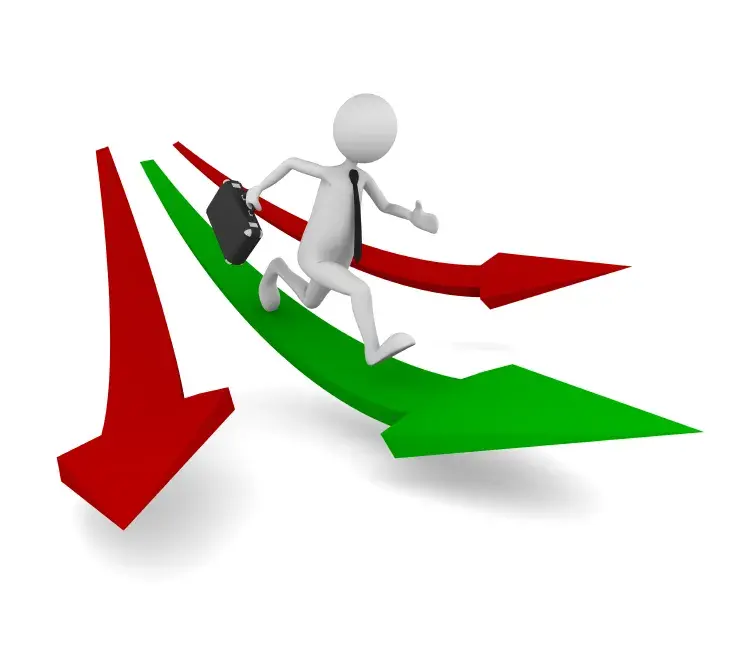In part 1, we covered the concept of the Scrum Master Navigator. Essentially, the idea is that Scrum Masters (SM’s) should take charge of their self-development as part of their overall career development. Scrum Master Development Navigator is an approach developed by PM Power for the same.
Here is the diagram repeated from Part 1 showing the six aspects of the approach.
The Scrum Master Development Navigator

This part is about taking the Scrum Master Development Navigator forward for self-development of the Scrum Master and achievement of outcomes.
To start with, what are all the things that the SM is expected to do? We have summarized that in terms of Role dimensions as below:
SM role dimensions:
1. SM and the Product
- Shared product vision
- Product Backlog management
- Release planning
2. SM and the Team
- Sprint Planning
- Daily Scrum
- Sprint execution; engineering practices incl. automation & tools
- Sprint review/demo
- Sprint retrospective; continuous improvement
- Coaching team & building self-organization in the team
3. SM and the organization
- Understand & continually align with the organization’s goals and priorities as applicable to the team
- Engage with key stakeholders such as functional managers and other stakeholders in removing team impediments, enabling a higher level of team performance and balancing their expectations with those of the team
- Contribute and support Agile metrics and governance
- Assist other teams in Scrum adoption
- Enable Scrum effectiveness in the organization via Community of Practice of SM’s
The above is the role dimensions of the SM. We have added a fourth “dimension” which is actually a different perspective of the other three dimensions from the perspective of achieving “outcomes”.
4. SM and outcomes
- Sustained achievement of sprint goals
- Delivering improved value – lead time and cycle time reduction
- Delivering improved value – product quality and business value
- Sustaining predictable performance
For each role dimension, the Scrum Master needs to self-assess using the following approach:

To illustrate the above, here is an example:
Example
Role dimension: SM and the Team
Scrum event: Sprint Planning
Step 1: Do I understand the essence of it and the spirit of it?
- Sprint planning identifies the work to be performed in the next immediate sprint; a Scrum event time-boxed to a maximum of 8 hours for a 4-week sprint
- Sprint goal: why is this increment being built?
- Topics for sprint planning:
- What can be done in this sprint?
- How will the work be achieved?
- Only the development team gets to decide on how much to take on for the sprint
- Techniques: Task break-down, Capacity-based / Commitment-based planning
- Output: Sprint Goal, Sprint Backlog
Step 2: What is the current state of sprint planning in your team?
- Sprint planning takes much longer than recommended; the team spends 2 days for a 4-week sprint
- Product backlog not ready – inadequate backlog refinement
- The confidence level of the team in estimating work/tasks
- Anti-pattern: All team members participate in each other’s stories in understanding and estimating tasks
Step 3: How am I doing as of as of now?
- Not sure if I (as SM) should stick to the book on duration for sprint planning. Why is a max of 8 hours for a 4-week sprint so sacred?
- Not able to balance “value” vs. “time spent” in sprint planning; cannot “time-box” well
- Some team members like to spend time and understand in detail; some feel it is a waste; how to reconcile/align/optimize?
- Unable to get PO to come well-prepared to answer team’s detailed questions
Step 4: How do I get better at it as SM?
- Ask the team for ideas on prep, the conduct of sprint planning and their views on how you are doing
- Influence the PO
- Gain a better understanding of his situation (too many things on his plate, maybe)
- Educate the PO on the importance of sprint planning time box and coming prepared
- Check periodically with the PO ahead of sprint planning on his preparedness
- Present data to the team from past sprints – stories not getting completed despite the additional time spent in sprint planning
- Get better at facilitating by having good facilitators attend your meetings and provide feedback; sit as an observer in other sprint planning sessions
- Learn to be a better time-keeper when team members discuss details of implementation
- Identify enablers/support that you need (say, focused training, tool support, coaching, mentoring etc.)
You can complete the self-development plan as above for the rest of the role dimensions and aspects under each. One comment on 4. SM and outcomes referred to earlier. How do you ensure that the self-development plans arrived at would actually achieve the four outcomes? You do that by picking the most relevant aspects of your self-development for a particular outcome, “customize” the role dimensions, set self-development goals & associated skills needed, indicators of improvement and enablers needed. More on that later…
There is one pre-requisite for the application of Scrum Master Development Navigator and that is an assessment by yourself (or preferably a 360-degree assessment) of Agile adoption by your team as of date. That feeds into all aspects of this exercise.
Hope the process is clear and helpful for you SM’s to achieve focused self-development and outcomes.





